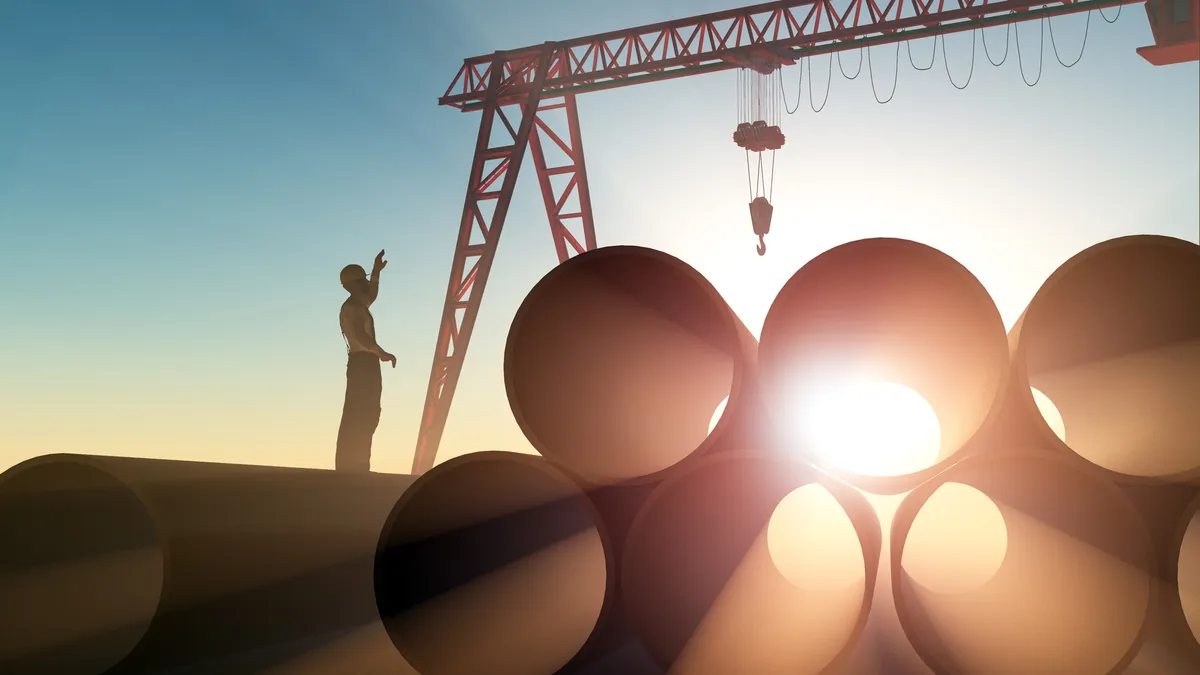Dive Brief:
- National nonresidential construction spending increased 0.9% on a monthly basis in January 2021 but is down 5% since January 2020, according to an Associated Builders and Contractors analysis of data published yesterday by the U.S. Census Bureau. On a seasonally adjusted annualized basis, nonresidential spending totaled $799.1 billion for the month.
- Spending was up on a monthly basis in nine of 16 nonresidential subcategories. Private nonresidential spending increased 0.4% in January, while public nonresidential construction spending increased 1.6%.
- However, only four nonresidential construction categories have experienced growth in spending on a year-over-year basis, all of which are primarily publicly financed segments, according to the ABC. These are highway and street, public safety, water supply and sewage and waste disposal.
Dive Insight:
The new numbers are in line with the ABC’s Construction Backlog Indicator, which indicates that backlog is stabilizing and that many nonresidential contractors expect both sales and staffing levels to expand over the next six months.
“It is remarkable that overall nonresidential construction spending has stabilized recently despite the lingering impacts of the COVID-19 pandemic,” said ABC Chief Economist Anirban Basu.
The sectors that saw an increase in spending compared to last month were:
- Conservation and development (6.3%)
- Highway and street (5.8%)
- Manufacturing (4.7%)
- Public safety (1.5%)
- Health care (1.1%)
- Communication (1.1%)
- Amusement and recreation (0.8%)
- Water supply (0.6%)
- Lodging (0.5%)
- Education (0%)
There are some key caveats, however, he said. For instance, construction spending in the lodging segment is down nearly 23% over the past year, and office construction spending is down on both a monthly and yearly basis. In addition, the future of remote work, business travel and brick-and-mortar retail is still uncertain, he said, so construction spending in a large number of private categories is poised to remain soft for the foreseeable future.
Despite the seemingly good news for contractors, Basu cautioned that the rise in construction spending in January could largely reflect rising materials prices and efforts by contractors to pass at least some of those increases to purchasers of construction services, Basu said.
Steel and lumber price increases of up to 25% have caused contractors to rework the material costs on their jobs in recent weeks. The price gains are having a ripple effect on other materials as well, with costs for drywall, copper, steel studs and even vinyl siding rising.
“It comes as little surprise that many of the contractors who expect rising sales and staffing levels during the first half of 2021 also anticipate shrinking margin,” he said.















